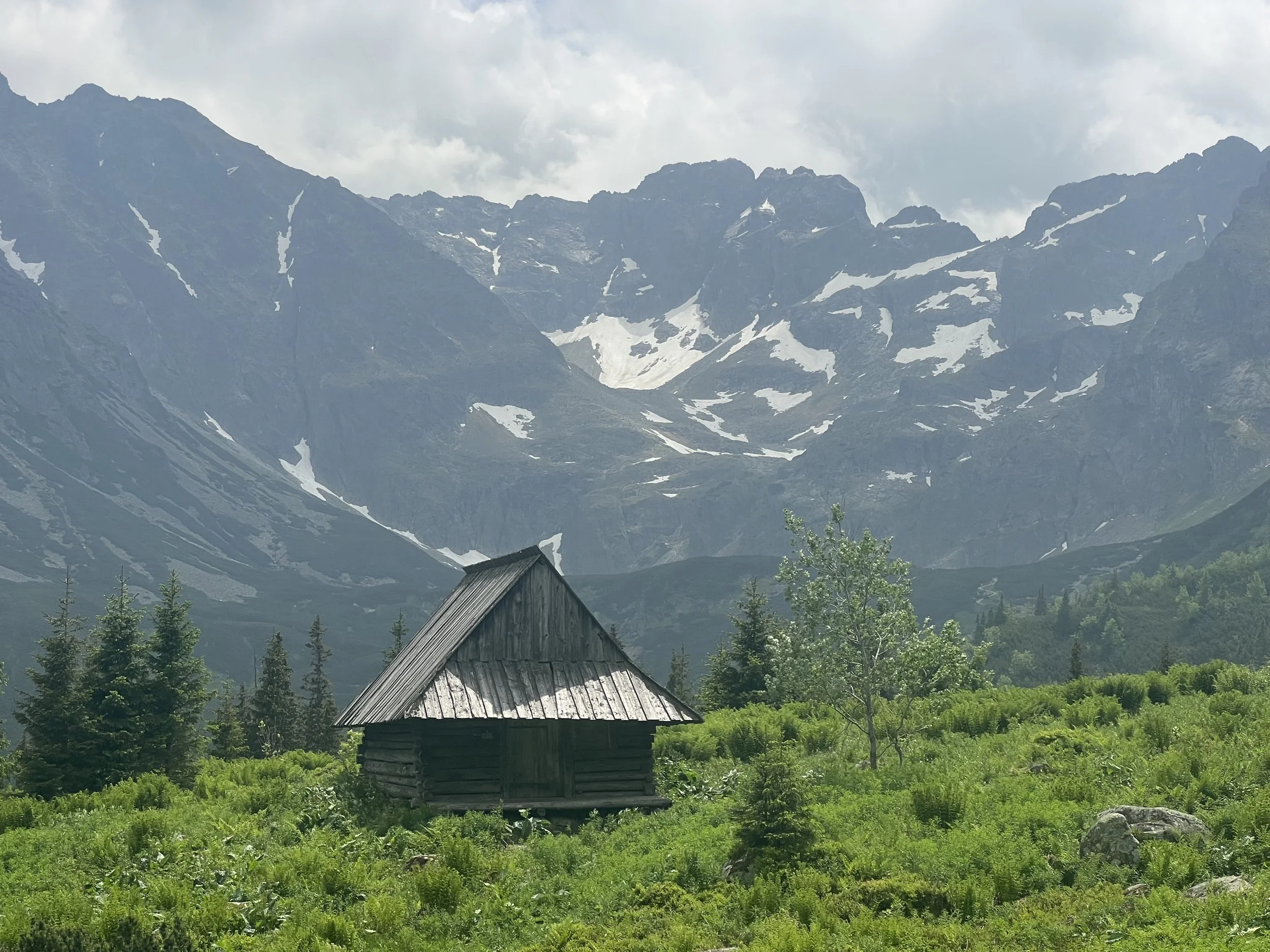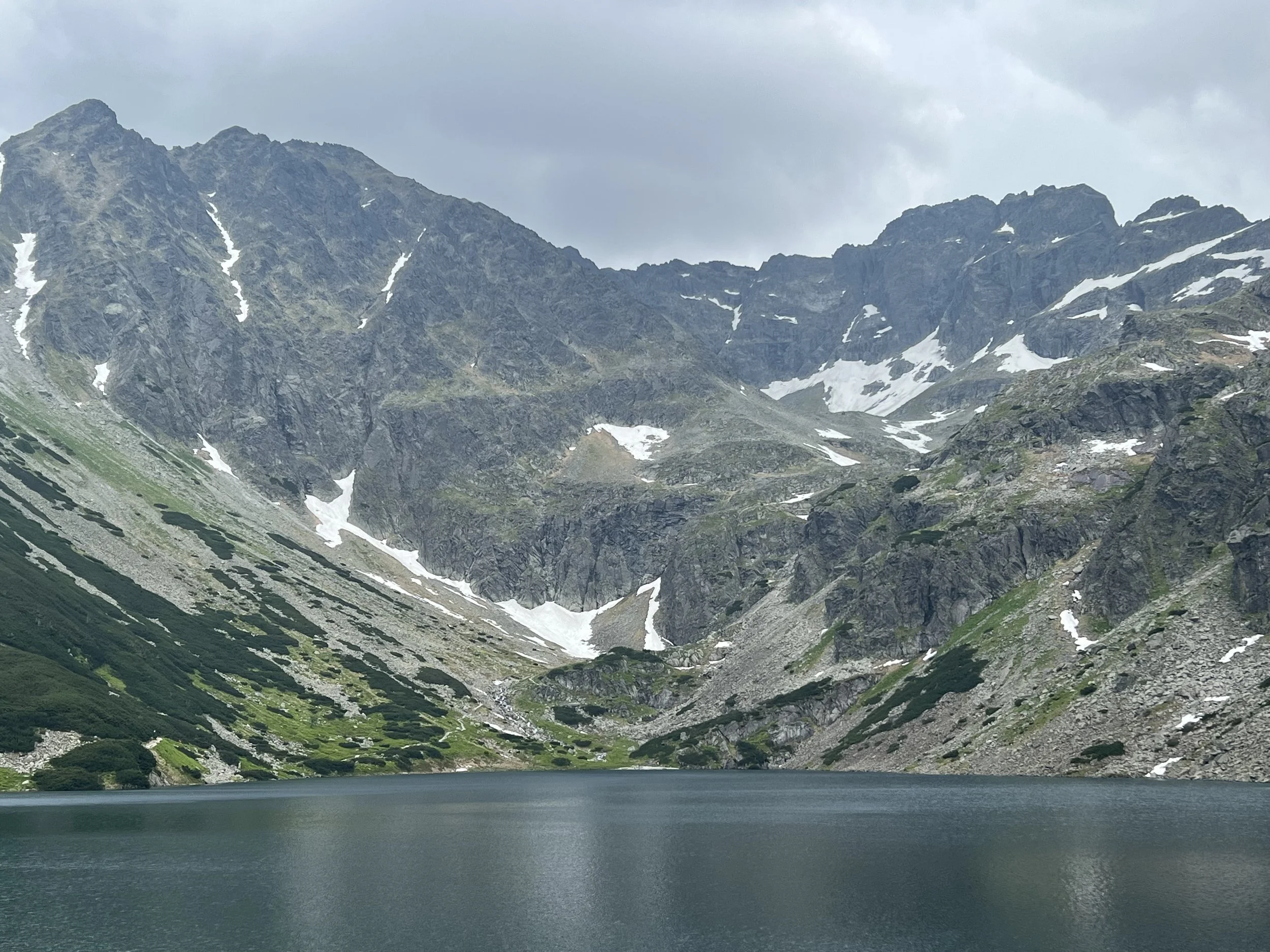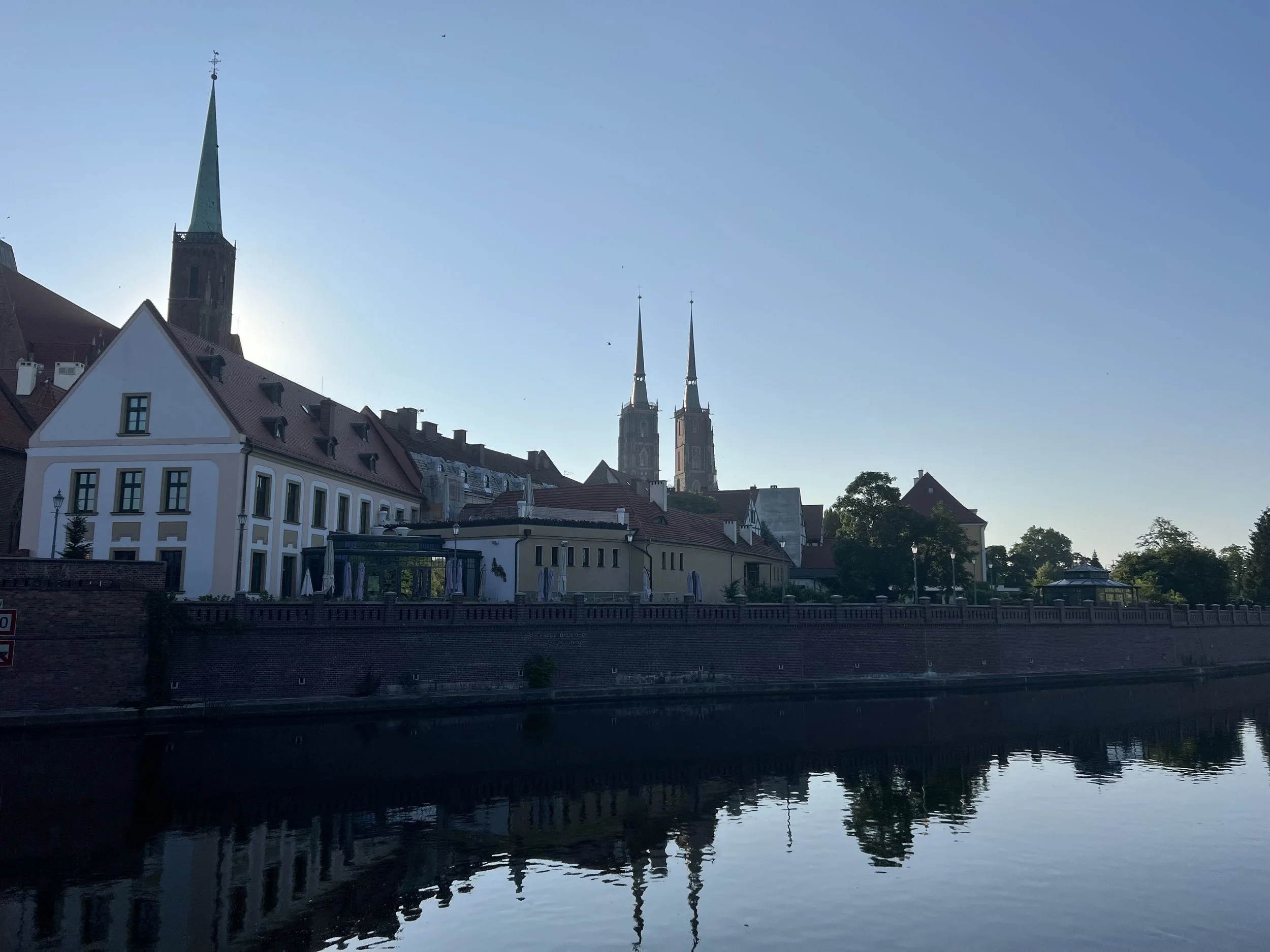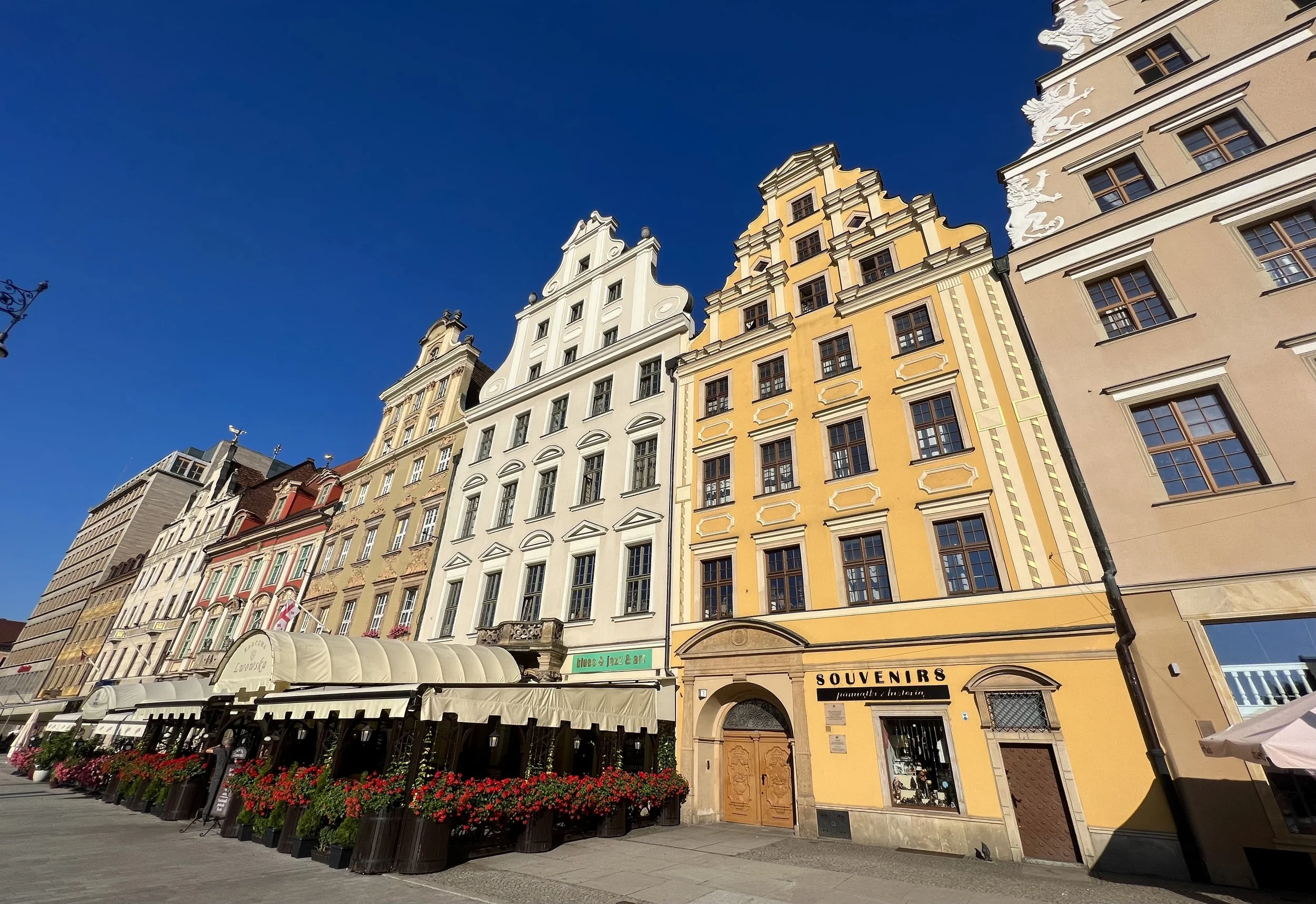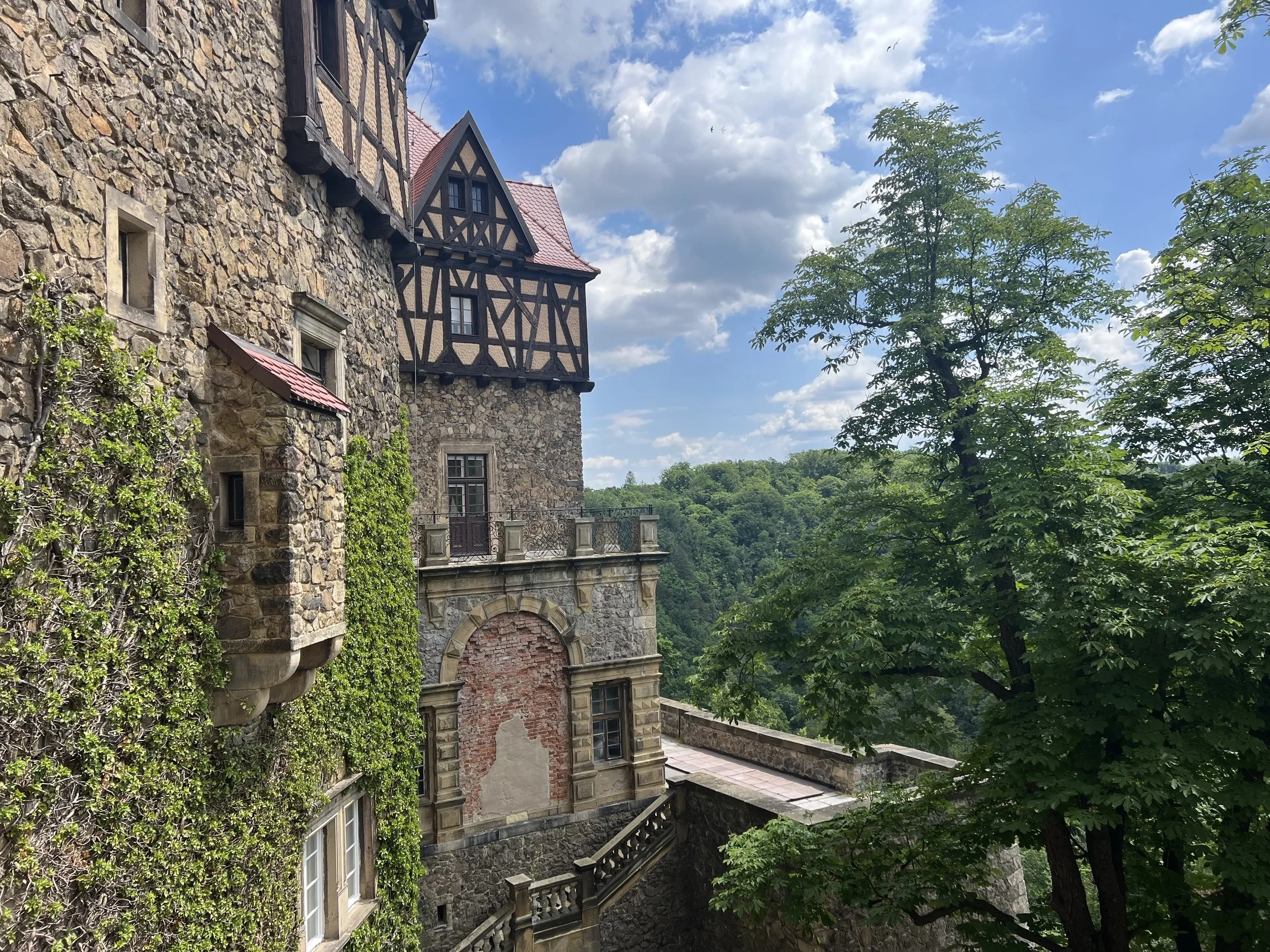Poland Road Trip
We didn’t have any intentions of visiting Poland but a few people, locals and our Polish friends back home in Toronto, strongly recommended that we cross from Prague where we had been staying for a few days. I’m not really sure why we didn’t think of going to Poland. It’s so beautiful and historically significant, and I was very excited to get back to nature as we had visited one too many cities without enough green time in between.
We spent the first few days in Krakow sightseeing, doing laundry and getting hair cuts. On our last day in Krakow, we picked up a rental car and drove south a few hours to Zakopane, a ski resort located in the Tatra Mountains. After doing a little research on hiking in the area, we headed to “Morskie Oko” - a popular hike for tourists and families as the 10 km hike from the car park to the lake seemed pretty flat. Although we weren’t keen on hiking its paved surface, we thought a nice easy trail was a good way to get our “hiking legs” again as it had been some time since our last hike in Montenegro.
Hala Gasienicowa Valley
We parked in a lot 2 km from the trailhead as there was construction on the main entry road. About 5 minutes into the actual hike, we realized we were on the wrong trail altogether. Where was the easy paved road? Where were all the families and strollers? There were none in sight and it didn’t take long to figure out the reason. Instead of the “Morskie Oko” hike, we found ourselves at the trailhead in Kuznice hiking to the “Czarny Straw Gzasienicowy” - a mere 3 hours away. Instead of strollers, the only thing in sight were steep, rocky hills. We decided to forge on thinking it wouldn’t be that bad. Boy, we were wrong. This was probably the most challenging hike we’d ever encounter. The first half of the trail was a very challenging steep climb across rocks and boulders to a hut located in the Hala Gasienicowa Valley. After loading up on cold drinks and food we began the last ascent to Czarny Straw Gzasienicowy, our final destination. And what a destination it was - pure magical beauty. A little too cold to swim, but beautiful nonetheless. The heaven’s opened up and graced us with heavy rainfall the whole trek back to the carpark and in the end, we hiked approximately 15 km or 28, 768 steps! Needless to say, we warmed up with a cup of tea and a couple of pain pills before heading to bed for a long sleep.
Czarny Straw Gzasienicowy
After a beautiful breakfast of local dishes, we headed northwest to the city of Wrocław - you’ll have to look up the pronunciation - we still can’t say it after spending a week in Poland! Once part of a Polish state, Wrocław became part of the Kingdom of Bohemian and then the Habsburg Dynasty in the 14th century. In the mid-1800s, it was captured by Prussia before its integration into the German Empire in 1871. Following WWII, the Germans were expelled and replaced by Polish citizens thus it became part of Poland. The city itself was decimated during WWII and it went under major reconstruction which was evident today as we walked around admiring the façade building fronts along the main square and town hall.
Wrocław
Wrocław is an absolutely beautiful city but not ostentatious like other European cities we’ve visited. We strolled through the city on our own, but really got to know the history of it on the Wrocław City Tour we booked through Airbnb. Sean, our guide, was witty and very informative as he showed us the landmarks, talked about the significant, historical events and more importantly, taught us how to pronounce “Wrocław”!
Wrocław Reconstructed
The next day, we departed Wrocław and on the advice of a fellow traveller, we headed to the Kiziaz Castle just outside of the city. We discovered Kiziaz was built in the 13th Century and was owned by the Hochberg family from 1508 to 1941. The castle passed through the generations and in 1941, it was taken over by the Nazi’s with the intent of it becoming a home for the Nazi high command and part of the “Riese Complex” via 2 km of tunnels that had been dug under the castle. If you are visiting Wrocław, I’d suggest booking a day trip to Kiziaz and the nearby underground tunnels located in Osowka for a full account of Project Riese.
Kiziaz Castle
We were nearing the end of the week and it was time to head North to the Baltic. There are so many “resort” type towns to visit, but with only a couple of days left we decided to stay in Gdansk. Historically, Gdansk was the centre of international trade due to its location on the Baltic and it became even more significant during WWII as it was the sight of the first shots fired by the Germans during the 1933 invasion of Poland. Just like Wrocław, it suffered extensive damage with its centre reduced to rubble. After WWII, Gdansk was returned to Poland and has since been reconstructed. I was overwhelmed by the beauty of the Old City and the marina right next to our hotel.
We ended our stay in Poland with a visit to Auschwitz. Brent describes the experience as “mind-numbing” but as you walk the grounds and read the history, especially the individual accounts, it does help piece together the atrocities that took place here and other parts of Europe.
Our road trip across Poland was fantastic as we were lucky enough to hike the mountains in the south, visit the beaches in the North and get our city fix in Krakow. It was a pleasure meeting the people throughout Poland. They are resilient people who are quite proud of their country and culture!
“Sto Lat” everyone!
Click here for more on our week long adventure in Poland.


